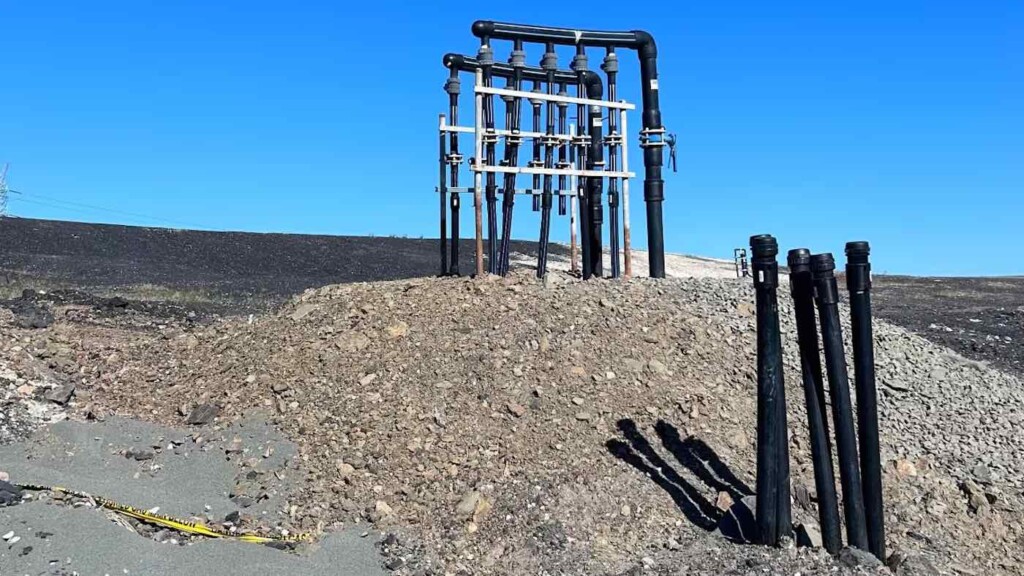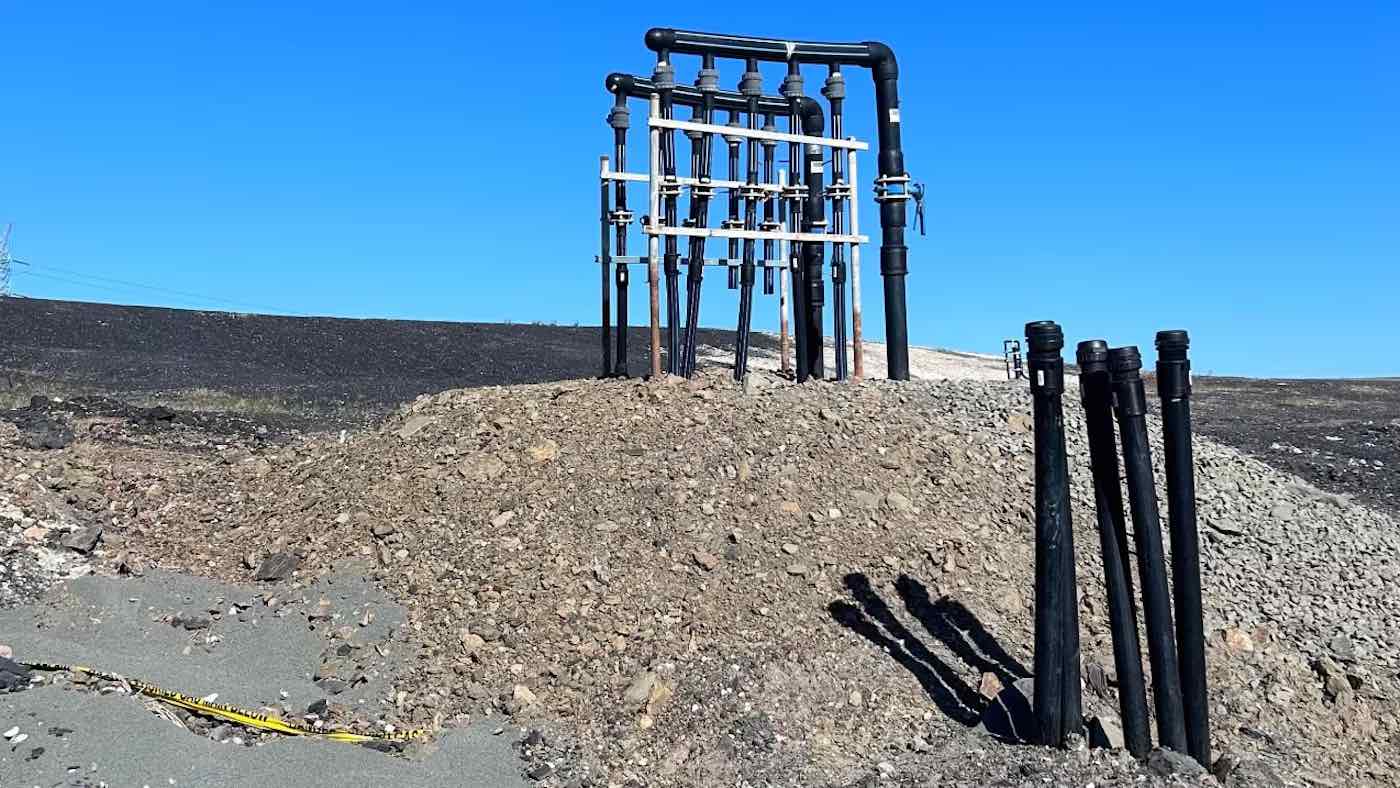
In a world-first, University of Sydney researchers have developed a chemical process using plasma that could create sustainable jet fuel from methane gas emitted from landfills, potentially creating a low-carbon aviation industry.
Offering the potential to clear two hurdles in a single leap, the scientists believe that if their process becomes cost-effective and widespread, all the world’s landfills could potentially be energy sources.
Methane is a far more potent greenhouse gas than carbon dioxide. According to the International Energy Agency, the concentration of methane in the atmosphere is currently around two-and-a-half times greater than pre-industrial levels, and while methane only exists in the atmosphere for about 9 years, it’s increasing steadily, with waste emissions and the burning of fossil fuels accounting for a significant proportion.
Australia recently joined the international methane mitigation agreement with the United States, the European Union, Japan, and the Republic of Korea.
“Globally, landfills are a major emitter of greenhouse gases, mainly a mixture of CO2 and methane. We have developed a process that would take these gases and convert them into fuels, targeting sectors that are difficult to electrify, like aviation,” said lead author, Professor PJ Cullen from the University of Sydney’s School of Chemical and Biomolecular Engineering.
“Modern landfill facilities already capture, upgrade, and combust their gas emissions for electricity generation, however, our process creates a much more environmentally impactful and commercially valuable product,” he said.
Global landfill emissions are estimated at 10–20 million metric tonnes of greenhouse gases per year, a value comparable to the emissions of the global energy sector.
Aviation currently accounts for approximately 3% of the world’s emissions. Creating a “closed loop” fuel based on existing emissions would eliminate the need for traditional and sustainable jet fuels, which add further emissions into the atmosphere.
OTHER LANDFILLS CONVERTED: Hundreds of Solar Farms Built Atop Closed Landfills Are Turning Brownfields into Green Fields
The process would work by extracting methane from a landfill site, known as a methane well, which uses a shaft-like mechanism to extract gases.
“The beauty of this is that this simple process captures almost the exact composition that we need for our process,” said Professor Cullen.
MORE SUSTAINABLE AVIATION FUELS: First Flight of Regional Jet-Powered by Hydrogen Fuel Cells–40-Seater is Largest Ever to Fly
“Non-thermal plasma is an electricity-driven technology which can excite gas at both a low temperature and atmospheric pressure. Essentially, what this means is this approach facilitates the conversion of the gas into value-added products by inducing plasma discharge within forming gas bubbles. The process doesn’t require heat or pressure, meaning it requires less energy, making it highly compatible with renewable energy power sources.”
WATCH the story below…
SHARE How These Scientists Are Clearing Two Hurdles In A Single Bound…




















